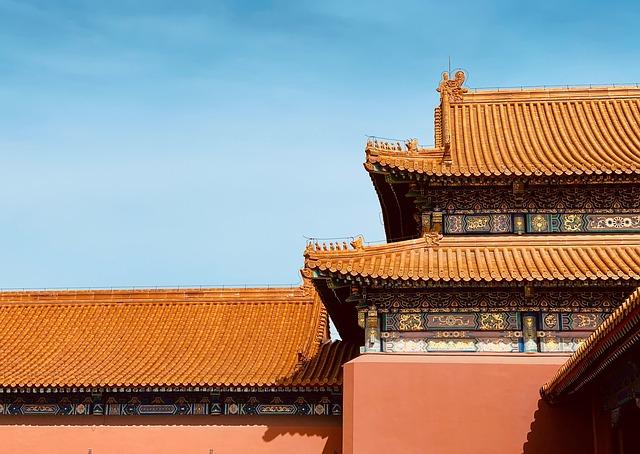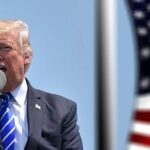China’s Strategic Maneuvers in Response to U.S. Tariffs: A Firm Stance Against Economic Pressures
As the trade conflict between the United States and China intensifies, Beijing has rolled out a detailed strategy aimed at countering the tariffs enacted by the Trump administration. With substantial economic stakes involved, China is not merely resisting these financial pressures but is also positioning itself to thrive amid challenges. In a landscape where trade disputes can significantly alter global markets, China’s response showcases a complex strategy that includes diplomatic engagement, market diversification, and domestic economic reforms. As both countries navigate this intricate scenario, China’s resolve to resist submission underscores the evolving nature of international trade dynamics in today’s world. This article explores the details of China’s counterstrategies and their broader implications for global commerce.
China’s Response to U.S. Tariffs: A New Approach to Global Trade
In light of U.S.-imposed tariffs, China has crafted a comprehensive approach designed to alleviate economic repercussions while asserting its position in international trade. This new framework emphasizes boosting domestic consumption, thereby reducing reliance on American imports and cultivating a more robust economy overall. Key components of this strategy include:
- Diversifying Supply Chains: Actively seeking alternative trading partners to diminish dependence on U.S.-based goods.
- Expanding Exports to Emerging Markets: Targeting nations in Africa and Southeast Asia for increased market penetration.
- Investing in Technology: Focusing on innovation initiatives aimed at achieving self-sufficiency across critical industries.
Additionally, Beijing has adopted an assertive stance during negotiations, showing readiness not only to impose retaliatory tariffs but also leveraging its vast consumer base as an influential bargaining tool. There is now a pronounced focus on pursuing multilateral agreements, with China engaging actively in regional trade pacts that aim to bolster its standing globally. The table below summarizes significant trade agreements that reflect China’s evolving strategy:
| Name of Agreement | Aim | Affected Region |
|---|---|---|
| The Regional Comprehensive Economic Partnership (RCEP) | Cultivate stronger trading relationships within Asia. | Asia-Pacific Region |
| The EU-China Comprehensive Investment Agreement | Pursue enhanced investment opportunities. | |
| The Belt and Road Initiative (BRI) | Create improved global trading infrastructure. |
Economic Strategies: How China Aims to Counteract Tariff Effects
The Chinese government has laid out an extensive plan designed specifically for mitigating adverse effects stemming from escalating tariff conflicts with the United States.Key strategies include diversifying import sources while enhancing local consumption levels along with bolstering key sectors such as technology and renewable energy initiatives.. With aspirations toward self-reliance firmly established within its leadership agenda, investments are being funneled into local production capabilities which could lessen dependency on foreign imports while alleviating tariff impacts over time.
Moreover governmental programs are being introduced aimed at strengthening research & development efforts across vital industries ensuring technology transfer remains less reliant upon external sources.
Additionally,
China is actively exploring new markets beyond traditional ties with America as part of sustaining export growth momentum.
The government appears poised towards reinforcing connections with nations participating under The Belt & Road Initiative thereby building upon existing commercial relationships.
To illustrate this point further consider these targeted areas:
| Tapped Market Focus Areas | < th>Description th > tr >||||
|---|---|---|---|---|
|
Latin America < / t d > < / t r > < / tbody > < / table > < / div > This multifaceted approach reflects both resilience alongside strategic foresight from Chinese policymakers who seek not just survival against US-imposed tariffs but ultimately thriving amidst challenging conditions present within today’s interconnected marketplace . By prioritizing internal advancements whilst broadening their international presence , they position themselves effectively against potential disruptions caused by tariff-related issues whilst redefining roles played globally throughout ever-evolving economic landscapes . Forging Partnerships: Diplomatic Efforts Amidst Escalating Tensions Over TariffsIn light of rising tensions due largely due imposed tariffs originating from Trump’s administration , Beijing strategically altered diplomatic tactics aiming fortify existing partnerships economically speaking . Engaging both long-standing allies along emerging markets alike allows them create protective networks capable mitigating negative consequences resulting from said levies .
|









